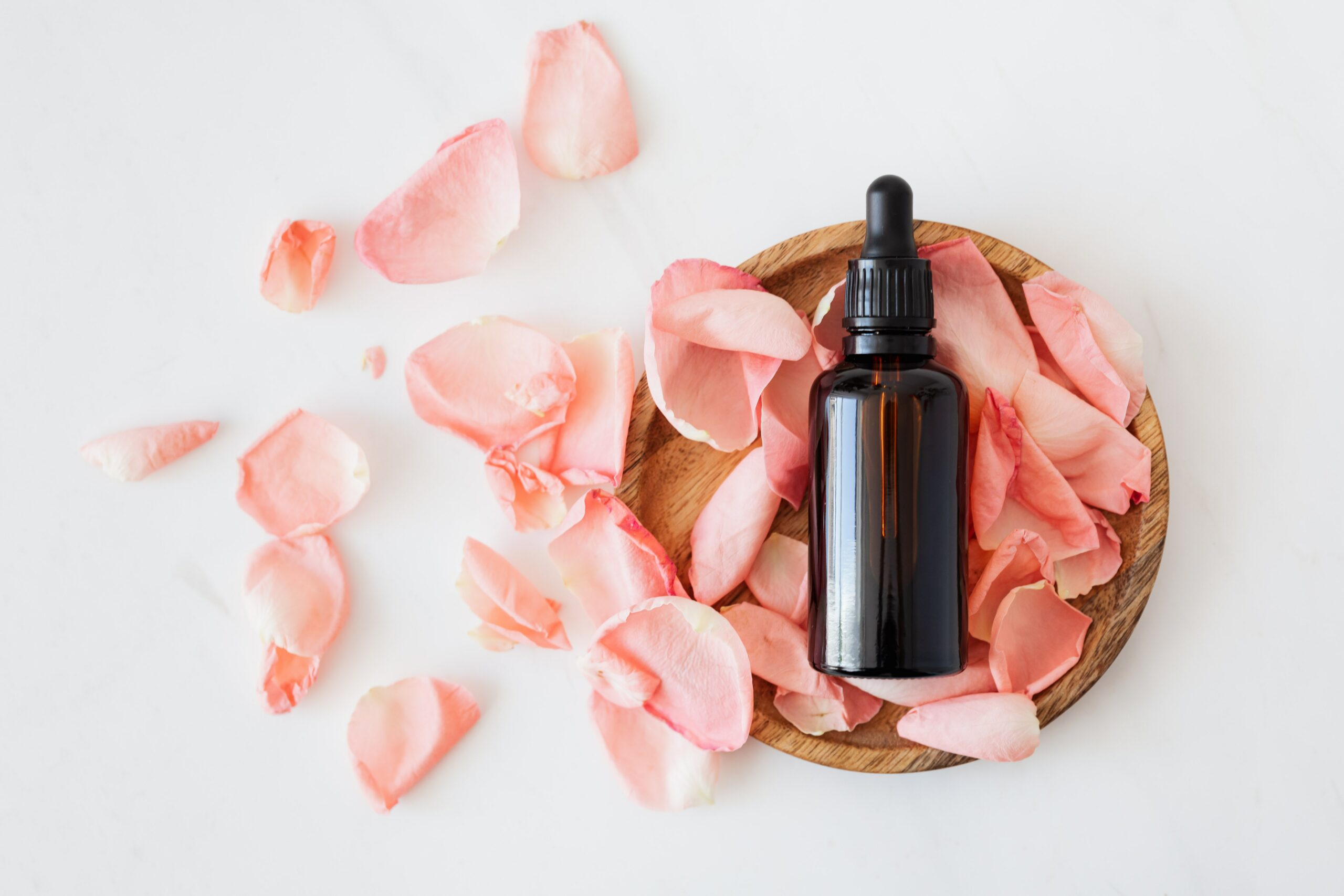If you had a cesarean section or an episiotomy or vaginal tear during labor and delivery, the resulting scar tissue might become uncomfortable as it heals. As the scar heals, it can form adhesions (the layers of tissue bind tightly together) to underlying tissues, causing pain and soreness at the site. Over time, if the scar becomes tight and thick, it may make intercourse, elimination, and insertion of a tampon, menstrual cup, or diaphragm painful.
Once your scar is fully healed (no redness, scabbing or drainage) and the stitches removed or dissolved, you can use this simple technique to help prevent scar adhesions from developing. The method uses massage to help keep the tissues below the scar from sticking together and will help the skin maintain elasticity and may even improve the appearance of the scar tissue.
- Start by gently massaging along the length of the scar with an up and down motion with your fingers. You want to use the same amount of pressure that you would use to check the ripeness of a tomato (not just sliding across the skin but not pushing as hard as you can). If the area is tender, you can use light pressure until your scar becomes more mobile or you can start massaging the areas above and below your scar. You can apply a small amount of lotion or oil (vitamin e works well) to the skin to help with the massage.
- Switch back and forth between massaging in an up and down direction and back and forth along the length of the scar. You can also move your fingers in a circular motion in both the clockwise and counterclockwise directions as you move along the scar.
- As the scar becomes more flexible from massage, pluck up the scar and roll the skin between your thumb and forefinger. This technique is often referred to as “pill rolling”. Move across the scar length as you pluck and roll. You may feel areas of the scar that are thicker or do not move as well—focus on those areas by gently increasing the distance you pull the scar tissue away from underlying tissues as you gently roll it between your fingers.
- Work the scar every other day for several minutes and if the scar is sore, avoid massaging it until the no longer is painful.
- Be patient, it takes times for the scar to respond to this technique and a gentle, incremental approach is most effective.
If you’re experiencing continuing symptoms of decreased scar mobility, such as continued pain at the scar with movement, discomfort with intercourse, or tampon or diaphragm insertion, ask your healthcare provider for a referral to a physical therapist who specializes in women’s health.
© WKU {2022} All rights reserved.
